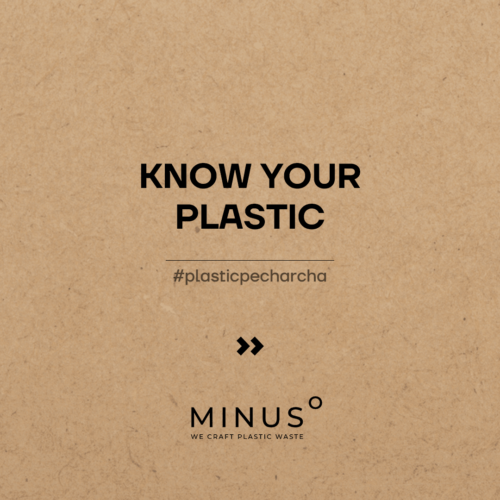Plastic comes in various types, each with its own unique characteristics and uses. To make informed choices about plastic products and their environmental impact, it’s important to understand the different types of plastic. In this blog post, we will explore the seven main types of plastic, their properties, and their environmental implications. Let’s get started!
1)PET (Polyethylene Terephthalate)
PET is a commonly used plastic found in beverage bottles and food packaging. It is lightweight, transparent, and has excellent oxygen barrier properties. PET is highly recyclable and widely accepted in recycling programs, making it a sustainable choice.

2) HDPE (High-Density Polyethylene)
HDPE is a strong and resistant plastic used in various applications such as milk jugs, grocery bags, and recycling bins. It is known for its durability and ability to withstand high temperatures. HDPE is widely recyclable and can be found in many recycling centers.
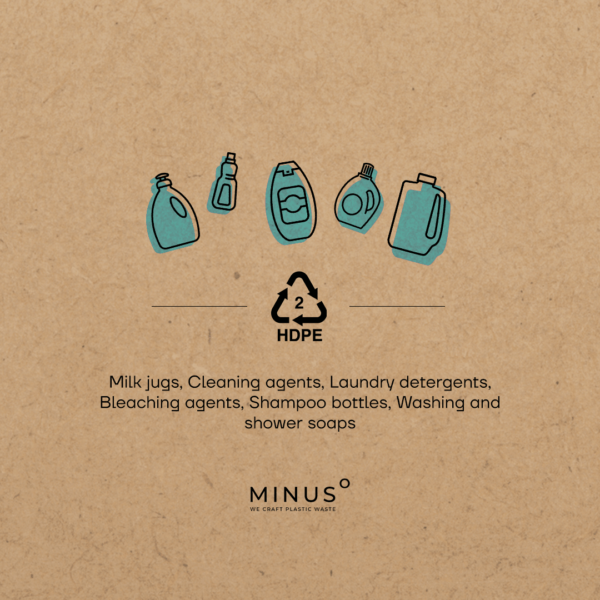
3)PVC (Polyvinyl Chloride)
PVC is a versatile plastic used in construction, plumbing, and electrical applications. It can be rigid or flexible depending on its composition. PVC poses challenges in recycling due to the presence of additives, making it less environmentally friendly compared to other plastics.
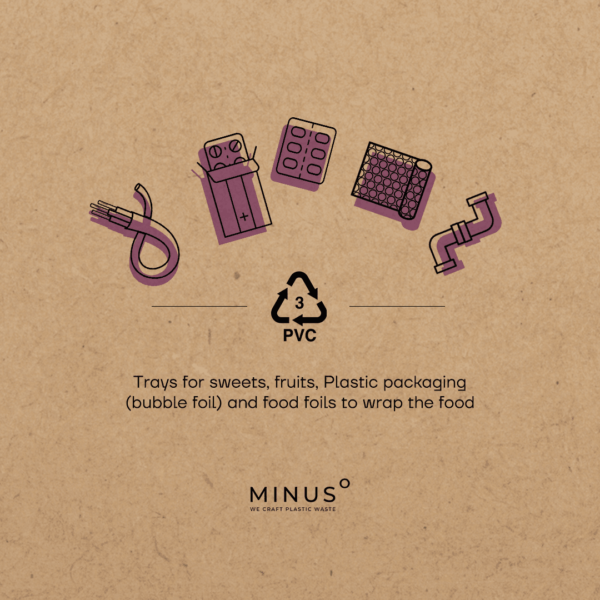
4)LDPE (Low-Density Polyethylene)
LDPE is a flexible and lightweight plastic commonly found in plastic bags, squeeze bottles, and food packaging. It is relatively inexpensive to produce but can be challenging to recycle through curbside programs. Proper disposal and reducing the use of single-use LDPE products are important steps to minimize its environmental impact.
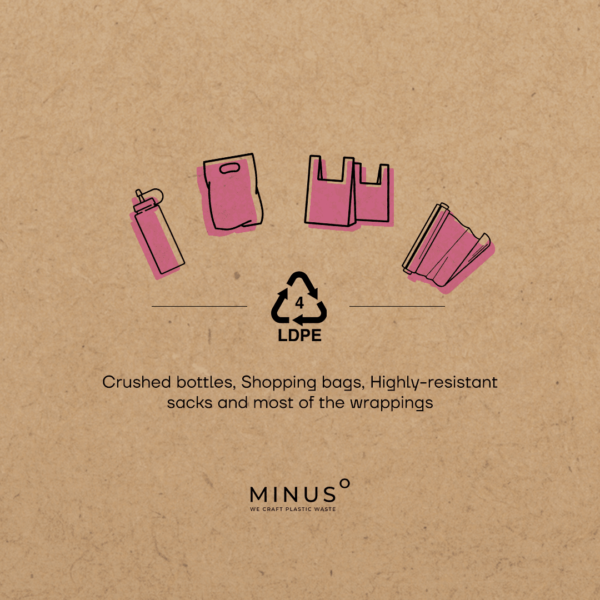
5)PP (Polypropylene)
PP is a robust plastic that can withstand high temperatures. It is used in a wide range of products, including food containers, automotive parts, and medical devices. PP is highly recyclable and has good prospects for reuse in various industries.
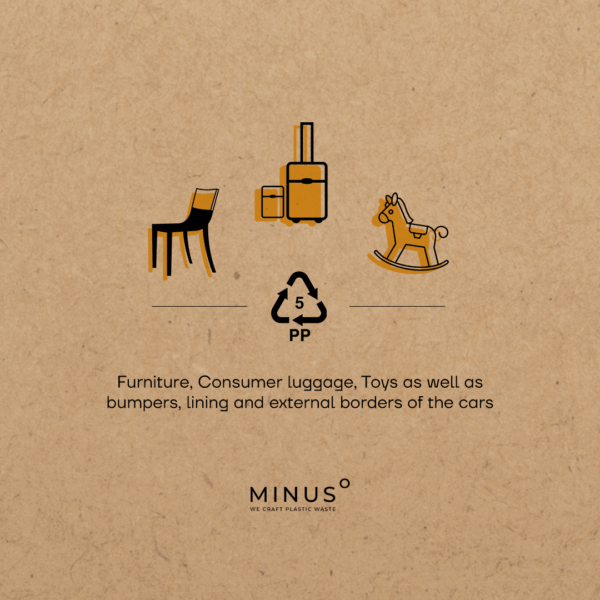
6) PS (Polystyrene)
Polystyrene is a versatile plastic that can be solid or foamed, commonly known as Styrofoam. It is used in disposable food containers, packaging materials, and insulation. However, PS is challenging to recycle due to its composition and is often not accepted in recycling programs. It is important to avoid single-use PS products and explore more sustainable alternatives.
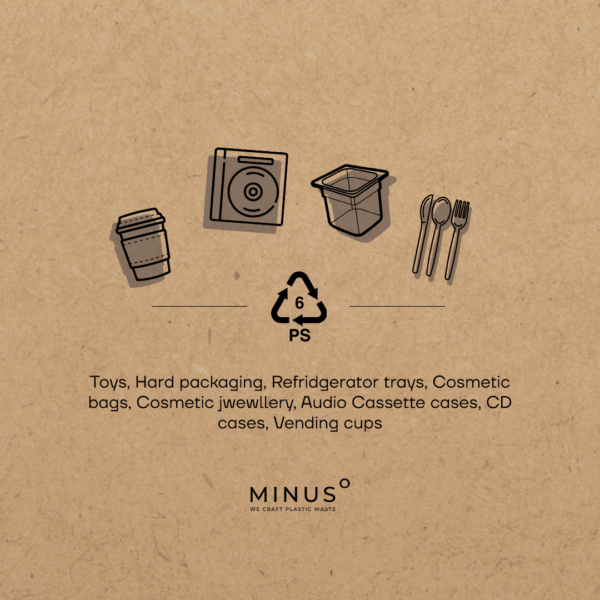
7) Other Plastics
Plastics that do not fall into the previous categories are grouped as “Other.” This includes polycarbonate (PC), which is used in eyewear and electronics, among other products. Plastics in this category often face recycling challenges and may require specialized disposal methods.
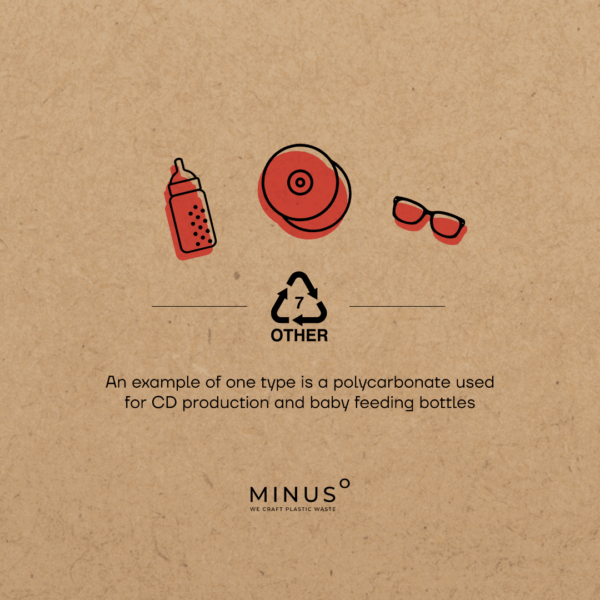
Conclusion
Understanding the different types of plastic is essential for making environmentally conscious choices. While some plastics are easily recyclable and have a lower environmental impact, others pose challenges in recycling and disposal. By reducing plastic consumption, choosing recyclable options, and exploring alternative materials, we can all contribute to a more sustainable future.

